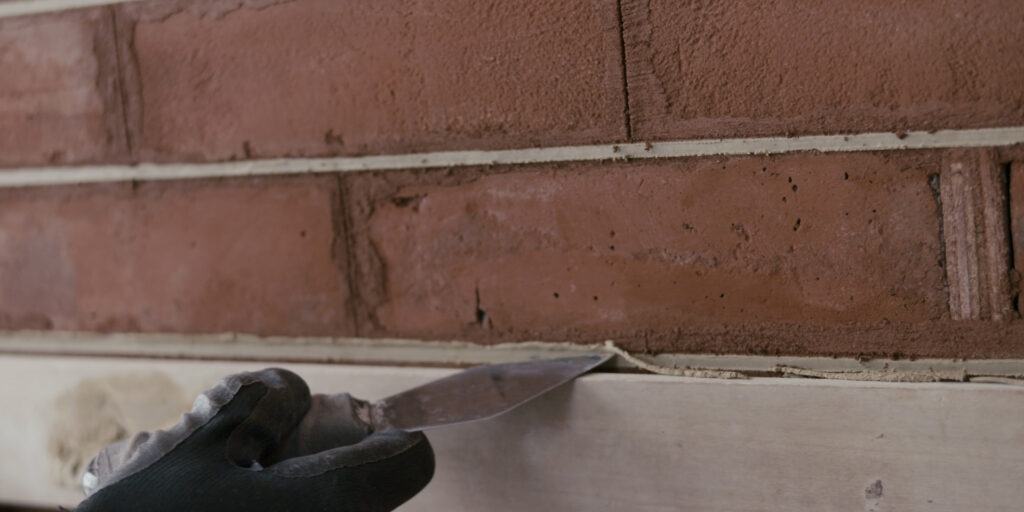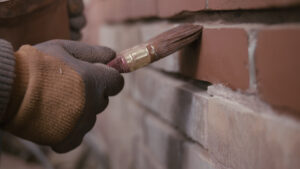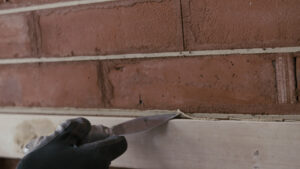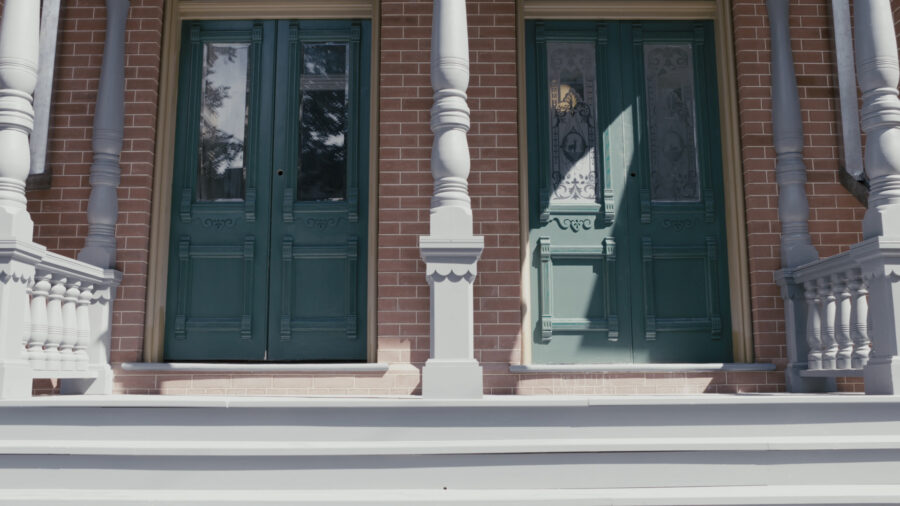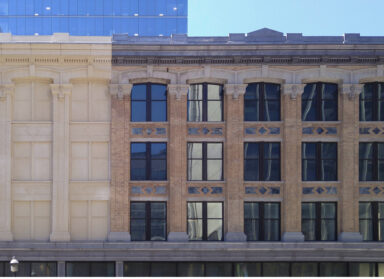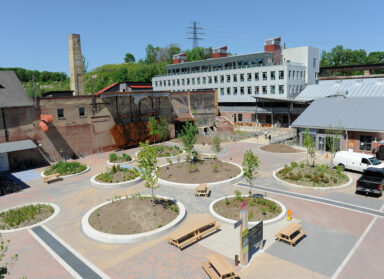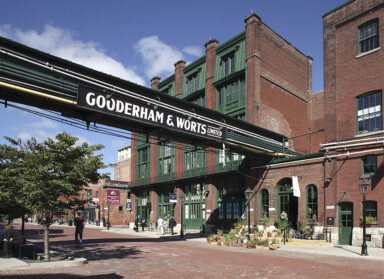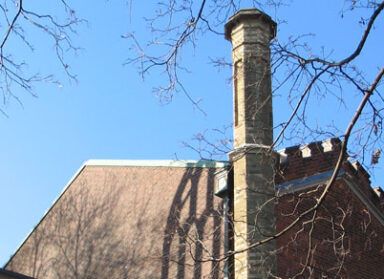Pointing, repointing, tuck pointing, ribbon pointing, flush pointing, there are many techniques and they are all different. Tuck pointing is a style of jointing that was predominantly used on English brickwork from the late seventeen century and it continued in popular use through the early 20th century. Done properly, it is the most highly skilled of all pointing finishes and gives the illusion of finely pointed gauged brickwork on principal facades. It helped give the impression of quality to buildings constructed of damaged or irregular bricks. When laid in the normal manner of the day, such bricks produced walls with wide joints of irregular and uneven pattern which appear the sum of their constituent parts rather than as a coherent surface or plane. In the late 17th century the problem was avoided by using soft, rubbed bricks which could then be laid with thin, straight joints, however such work was costly. Tuck pointing was a less expensive alternative which seems to have been particularly popular for use on terraced housing up to the late 19th century. One of the most famous terraced houses in the British empire was tuck pointed: 10 Downing Street. While the technique is no longer in prominent use, knowledge of it is needed to repair those buildings which remain.
The effect is achieved by filling joints with a base mortar which has been coloured to match the surrounding brickwork. Where necessary, it covers the rounded or damaged brick edges in order to finish flush with the wall face. Over this is a narrow ribbon of fine, vernally white or cream coloured pointing material of well-sifted lime mixed with fine silica sand. This is skillfully applied or ‘tucked’ onto the regular grooved centres of the prepared joints and precisely trimmed to size.
Walking through neighbourhoods such as Cabbagetown, lower Rosedale and Parkdale, you still see the remnants of original tuck pointing on old brick buildings. This was a prominent aesthetic element throughout the city. However, it can be difficult to determine whether an historic building had been tuck pointed originally, mainly because of the sand blasting practice in recent decades.The abrasion of the sand on the surface removes paint and staining, but also often erodes the surface of the brick, mortar, and adjacent materials, including the tuck pointing ribbon if present, effectively removing any evidence of the brick building being tuck pointed.
Such a specimen can be seen at 62-64 Charles Street, where recent conservation work has restored the tuck pointed building to its former glory, under the expert hand of Hunt Heritage. This is the largest application of the process that ERA has been involved with and it’s an exemplar for bringing this lost craft back to the city.
